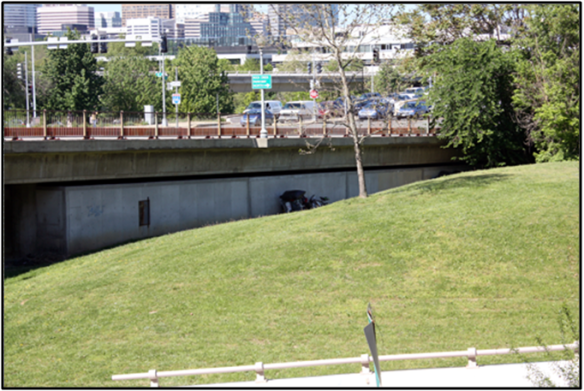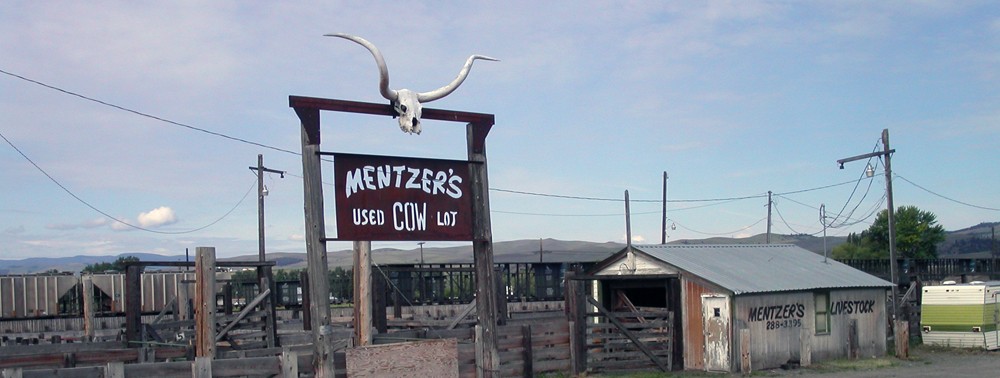Picking up on this morning’s blog post on my first visit to the National Archives at College Park with my new IPad, I am now sitting in the textual research room writing this post on the IPad. Continue reading
Category Archives: Research
An IPad walks into the National Archives and meets wi-fi.
On Monday, November 29, 2010, I set out for the National Archives at College Park (Archives II) armed with my new IPad. This was my first research outing with the IPad. I was at Archives II on a project to identify Civilian Conservation Corps records related to a 1937-1940 lake improvement project in Wisconsin.
My research mistakes: a CRM parable
In 1997 the newsletter editor for the California Council for the Promotion of History read an email list post I had sent out documenting how the then-new Internet could contribute to revising historical research with factual errors. In that case, it was my factual error stemming from a Section 106 (National Historic Preservation Act) survey for a highway project (Internet Archive link) I had done a few years before the post.
Here is the reprint from the Fall 1997 California History Action newsletter:
Turning Digital Footprints into Useful Research Tips
Imagine using Foursquare for much more than leaving a digital footprint from your last evening on the town or lunch excursion. Using the social media site’s tips tool, researchers can find useful information about libraries and archives and other places in the field. Are you planning to visit the Library of Congress for a project and do you want to know which security checkpoints will get you in and out fastest? Or which reading rooms allow you to bring a briefcase or backpack? Do you want to grab a snack while in one of the LoC buildings? Continue reading
Urban Skateboarding: A Working Bibliography [Updated]
Okay, I know this is going to be a candidate for the most boring blog post ever. A bibliography? For real? As I try to get my head around Silver Spring’s skateboarding subculture. I am trying to build a bibliography of skateboarding culture and landscapes and I am casting a wide net. If you know of sources, hit the comment button or send me an email.
Skateboarding Working Bibliography
Compiled by David Rotenstein
Revised 3 September 2010 Continue reading
Architectural Adaptations: Silver Spring’s 1939 World’s Fair Home [Updated]
Update: See this later post on the home’s inclusion in a National Building Museum exhibit.
I am slowly getting around to revising my 2010 Vernacular Architecture Forum paper on Silver Spring’s 1939 World’s Fair Home. One of the areas that I was unable to deal with in the VAF paper was how the Silver Spring house differed from the one built in the World’s Fair Town of Tomorrow. This brief post is drawn from my ongoing work.
Civil Defense
What would you do if you were sitting at the dinner table and a loud buzzer went off to inform you that the federal government had detected inbound nuclear missiles? Back in the late 1950s and early 1960s the government market-tested and field tested the National Emergency Alarm Repeater device to provide just such a warning.
The Undisclosed Location Disclosed: Continuity of Government Sites as Recent Past Resources
By David S. Rotenstein
[08/22/2011: Update: Read the follow-up post on newly identified photos showing the construction of the Fort Reno “Cartwheel” facility in Washington, DC]
In 2004 the State of Maryland was both project proponent and regulatory reviewer in the Section 106 consultations tied to the construction of a proposed telecommunications tower at Lamb’s Knoll, a mountaintop ridge that straddles Washington and Frederick counties west of Frederick. A Federal Communications Commission licensee, the State was required to identify historic properties, evaluate their significance under the National Register Criteria for Evaluation, and determine whether the proposed project would adversely affect properties listed in or eligible for listing in the National Register of Historic Places. Properties likely affected at Lamb’s Knoll included the Appalachian Trail, a 1920s fire observation tower turned telecommunications tower, and a Cold War-era army facility.
Maryland’s agency for emergency telecommunications infrastructure retained a cultural resource management firm to conduct the Section 106 compliance studies. The firm’s initial 2003 report noted the presence of nearby nineteenth century farmsteads and surrounding Civil War battle sites, but there was no mention of the twentieth century resources.[1] The Maryland Historical Trust (the state historic preservation office) reviewed the 2003 report and concurred with its authors that no historic properties would be affected by construction of the proposed tower. Located less than 500 feet from the proposed tower site and rising approximately 100 feet above the mountaintop, the former Cold War facility was notably absent from all discussions turning on historic preservation and the proposed tower. Hidden in plain sight and visible from miles around, the Lamb’s Knoll facility is one of a handful of continuity of government sites built in Maryland, Pennsylvania, Virginia, West Virginia, and Washington, D.C., that were designed to house large numbers of federal officials in underground bunkers while the exposed concrete towers that housed sophisticated radio equipment kept communications open among the survivors, the military, and civilian populations.
This article stems from my involvement in that 2004 project. I was retained by a coalition of environmental groups including the Harpers Ferry Conservancy and the National Trust for Historic Preservation to evaluate the historic properties the groups believed that the State’s consultant failed to identify in the initial round of Section 106 consultation. Between 2001 and 2008 I did many Section 106 projects for FCC licensees and I had been working on histories of postwar telecommunications networks.[2] By the time I had been brought into the Lamb’s Knoll project I was sensitive to the historical significance embodied in telecommunications facilities like the repurposed fire lookout tower and the Cold War facility.
DC Homeless
As a kid I saw news stories and a TV movie about Washington homeless advocate Mitch Snyder. I first met homeless people as a teenager in Florida where I observed them picking for food in the alleys behind beachside bars and motels. I attended Georgia State University, which at the time (1984-1986) was a commuter school in downtown Atlanta. There were many homeless people on the margins of campus but that experience inadequately prepared me for the many homeless on and around the University of Pennsylvania campus. As a student and ethnographer in training I always knew that my world was safely separate from the men, women, and children I saw on the streets.
The type of work I do rarely puts me back in close proximity to the homeless beyond the ordinary encounters in the streets of Washington and suburban Maryland. Recently I began working on a multimedia project for a client that involves interviewing supportive housing providers and assembling images for a brief video report. One of the folks I met during this project was a former homeless person who recounted life on Washington’s streets and why it was preferable to live beneath a Georgetown bridge rather than risk the threats of assault in homeless shelters or in doorways downtown. This morning I visited some of Washington’s homeless encampments in and around Georgetown and shot some stills.





Confronting the Covenants: Hidden Racism at Home
NPR’s Morning Edition this past Sunday included a segment on racially restrictive deed covenants <http://www.npr.org/templates/story/story.php?storyId=122484215>. NPR noted that the covenants were not legally enforceable and that they were widespread throughout the United States.
Robert Fogelson, author of Bourgeois Nightmares: Suburbia, 1870-1930, discussed restrictive covenants at length. Other authors on the history and sociology of American suburbs also have written on restrictive covenants. In my work over the past 25 years I have done projects in quintessential American suburbs that involved primary documents research, including land records (deeds, etc.). These communities include Shaker Heights, Ohio, and Chevy Chase (Maryland and the District of Columbia).
I live and work in Silver Spring, a Washington suburb. My subdivision, Northwood Park, was created in 1936 and my home was built in the subdivision’s first year of existence. When we bought the house in 2002 our deed contained all the expected legalese, along with the clause, “Subject to covenants and restrictions of record.” It wasn’t until I began doing some research on the history of our subdivision that I discovered that some of those covenants and restrictions prohibited anyone of a “race whose death rate is at a higher rate than that of the White or Caucasian race.” Put in place in a stand-alone document recorded in Montgomery County land records, they were executed, “For the purposes of sanitation and health, and to prevent irreparable injury to Waldo M. Ward [the majority landowner] … and the owners of adjacent real estate.” Garden Homes, the company selling the lots and homes, executed the covenants almost six months after the first sales and signatories to the covenants included all of the people who had bought property up to that point.
Northwood Park is the subject of my paper in progress, “ The Greatest Publicity Stunt Available to Developers”: Washington’s 1939 World’s Fair Home.”




